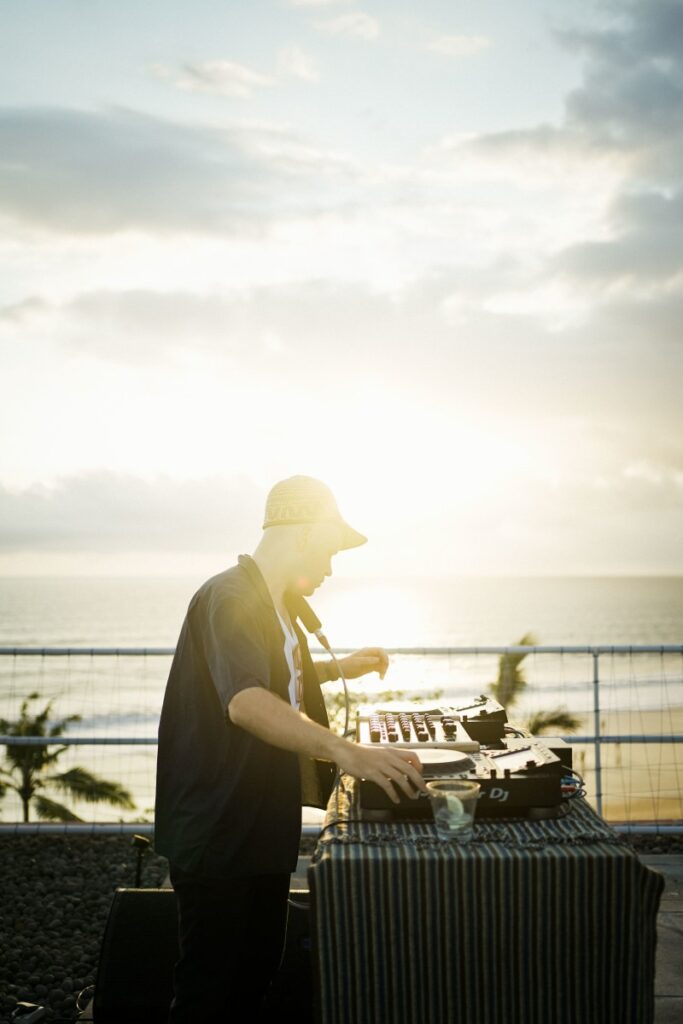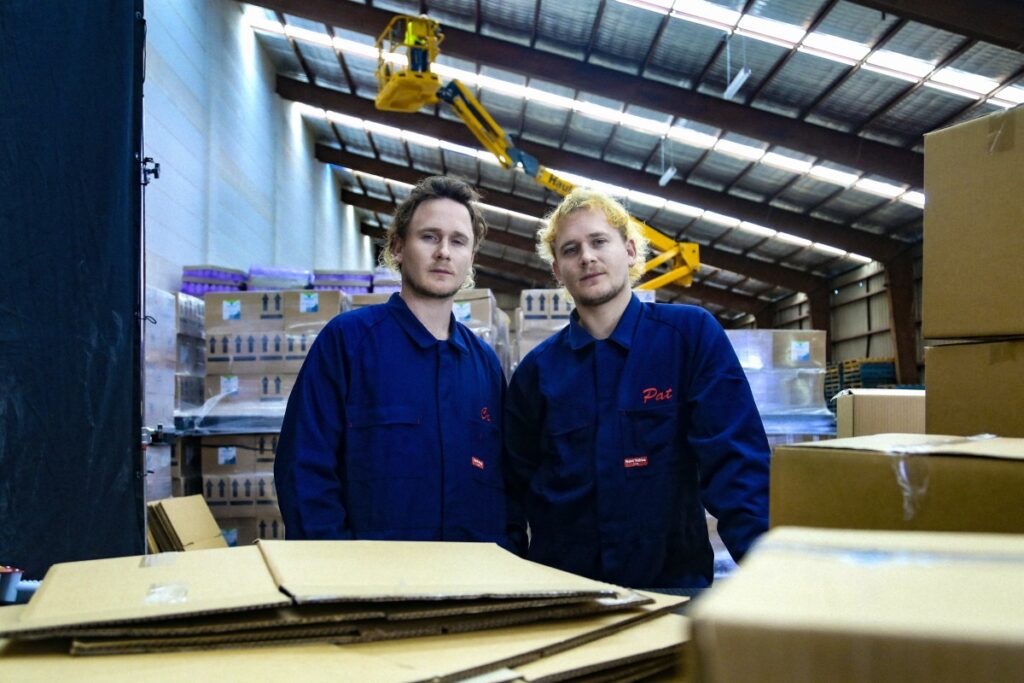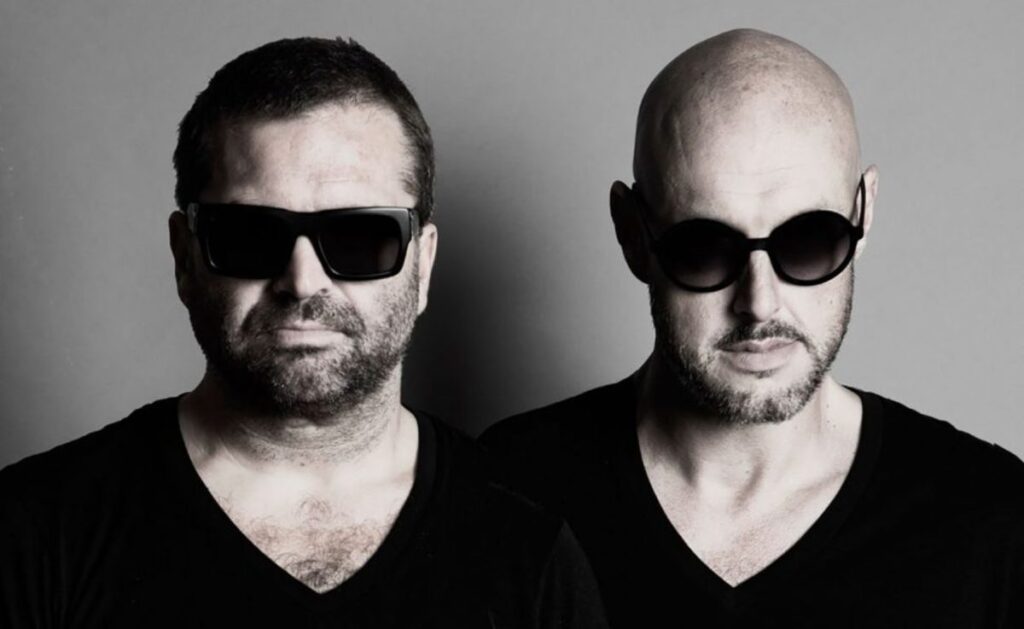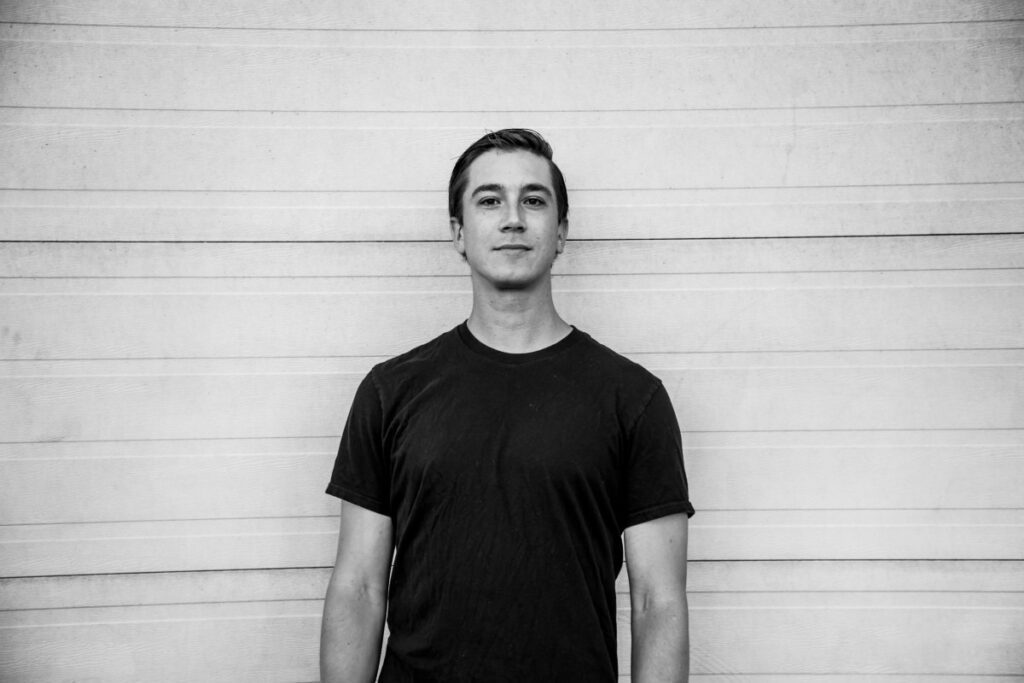London-based artist Lake Turner, real name Andrew Halford, has released his debut album Videosphere. He’d previously made music in post-punk and indie groups Great Eskimo Hoax and Trophy Wife, but Videosphere finds him fully immersed in electronic music with lush pads and dreamlike melodies that swirl around the listener with a warm embrace. There is a blend of hazy post rock with subtle nu-disco undercurrents with lush ambient electronica and beautiful melancholy that feels effortless and smooth all the way through the record. He channeled that in a mix for us in late 2018 and now has that in a full album.
With this warm sounding record and his background in other bands, we wanted to know how the project came together. We asked him to show How It Was Made and he took us into the studio to showcase the gear used to make his debut record. With his background in bands and making electronic music, there are quite a few synths and other pieces of gear that help make this sound so good.
Grab your copy of the album here and read on for the rest of the feature.
1. JP 8080
The lush pads on “No Way Back Forever” & “Hunter's Ballad” were mainly just the JP 8080. It was nice to have this digital / 90s sounding synth in the mix for variation. I think it really juxtaposes against the analogue synths & was also great for sending audio through & altering the sounds with its filter envelopes.

Roland JP8080
Lake Turner
2. Prophet 6
This is probably my go to analogue synth & I used it for a ton of the sequenced arps on “Honeycomb.” I also found it sonically provided a warm hug for all the chord sequences across the record.

Prophet 6
Lake Turner
3. Farfisa Louvre
A friend and I nearly broke our backs trying to get this beast of an organ into the studio. I picked it up off eBay years ago for around a tenner but some of the sounds are total gems. It has its own built in speakers so I was always micing it up & using it to layer stuff up with across the board.

Farfisa Louvre
Lake Turner
4. Roland SH01A
This was probably the most recent piece of new gear I bought before making the record. I think I pretty much used it for every bassline across the album. I ended up programming a lot of the basslines as sequences. That then freed me up to manipulate & automate the sound as it was recorded in, to give it more of a performance / live feel. It's a pretty badass piece of gear.

Roland SH01A
Lake Turner
5. Boss SL-20
Previously I'd been trying to get my hands on one of these & when I finally did this pedal truly spiced up my life (or should I say spliced up my life?). It was key in creating the whole foundation for "Outland." I sent a synth through this pedal to create the rhythmic base which set the scene for the track & it all unfolded from there. When you use this pedal in stereo it also does some pretty satisfying sweeping around the stereo field to add that extra movement.

Boss SL-20
Lake Turner
6. Mxl 990
This battered old microphone has been a trusted pal for years. It's always been on the brink of not working but then always come good in the end. I've still found it to be the perfect mic to sing quietly into whilst your mouth is pressed right up against it for proximity effect. I used this technique for the washy vocals on the album opener "The Sunbird" & on the vocal beds on “Hunter's Ballad.”

Mxl 990
Lake Turner
7. Eventide H3000
This is the second one of these I've owned, and I brought this one as it had an updated set of sounds and was formally in a studio at the BBC. It was great for making things super wide, so it's useful on pads, but it was also the main tool I used to process the beats with. It's like a box of magic tricks as you never know what you're going to get half of the time. You can have good days & bad days with it. I sometimes ran with a single drum reverb space from the H3000 across a whole track, or ran a drum track repeatedly through it & built a collection of layers that I later placed somewhere to appear maybe even just once. Like a moment of audio smudging just for a bar or whatever that preempts a change in the music is coming.

Eventide H3000
Lake Turner
8. Guitar
Looking back, I used a surprising amount of guitar across the record. Mainly for shoegaze type chorus beds on tracks like "Videosphere" & "Love 95" or or even as a melodic bass-line like in "The Sunbird." I used a Line 6 DL4 delay & Walrus Audio Fathom reverb to create the wash on the sound but also a Boss GE-7 to EQ the guitar on the way in to sculpt it & make it darker & sit within the mix.
9. Sony TCM 400DV Cassette Recorder
This handy device is great for capturing field recordings on to tape cassette as it has a built microphone. I then placed these recordings in sections of the tracks to add texture. I love the noise of cassette, you get this extra hiss & vibe. With this recorder you can also play around with the playback speeds to warp reality a bit. The intro track has a field recording of a babbling brook whilst a steam train sounds near by – all local to where I grew up in Worcestershire. I also recorded a lot of rain & subtly placed across it the record as I find it to be a super satisfying sound & it's sometimes nice to create a wash of ambience that's embedded in the mix.

TCM 400DV Cassette Recorder
Lake Turner











